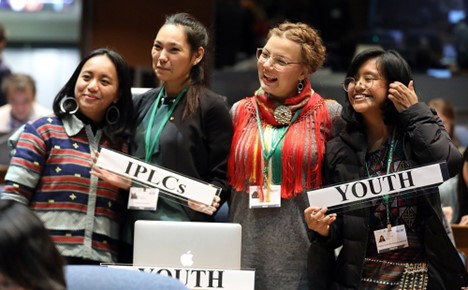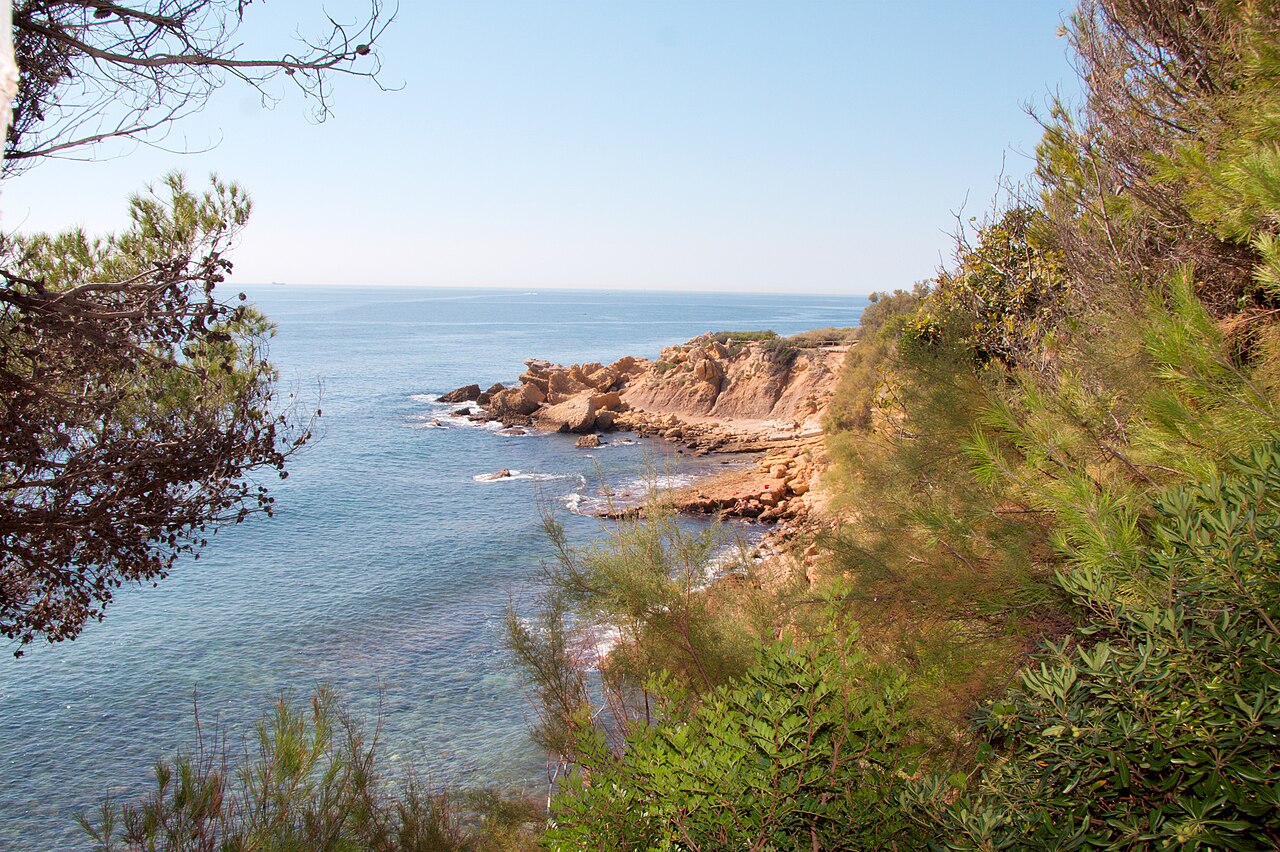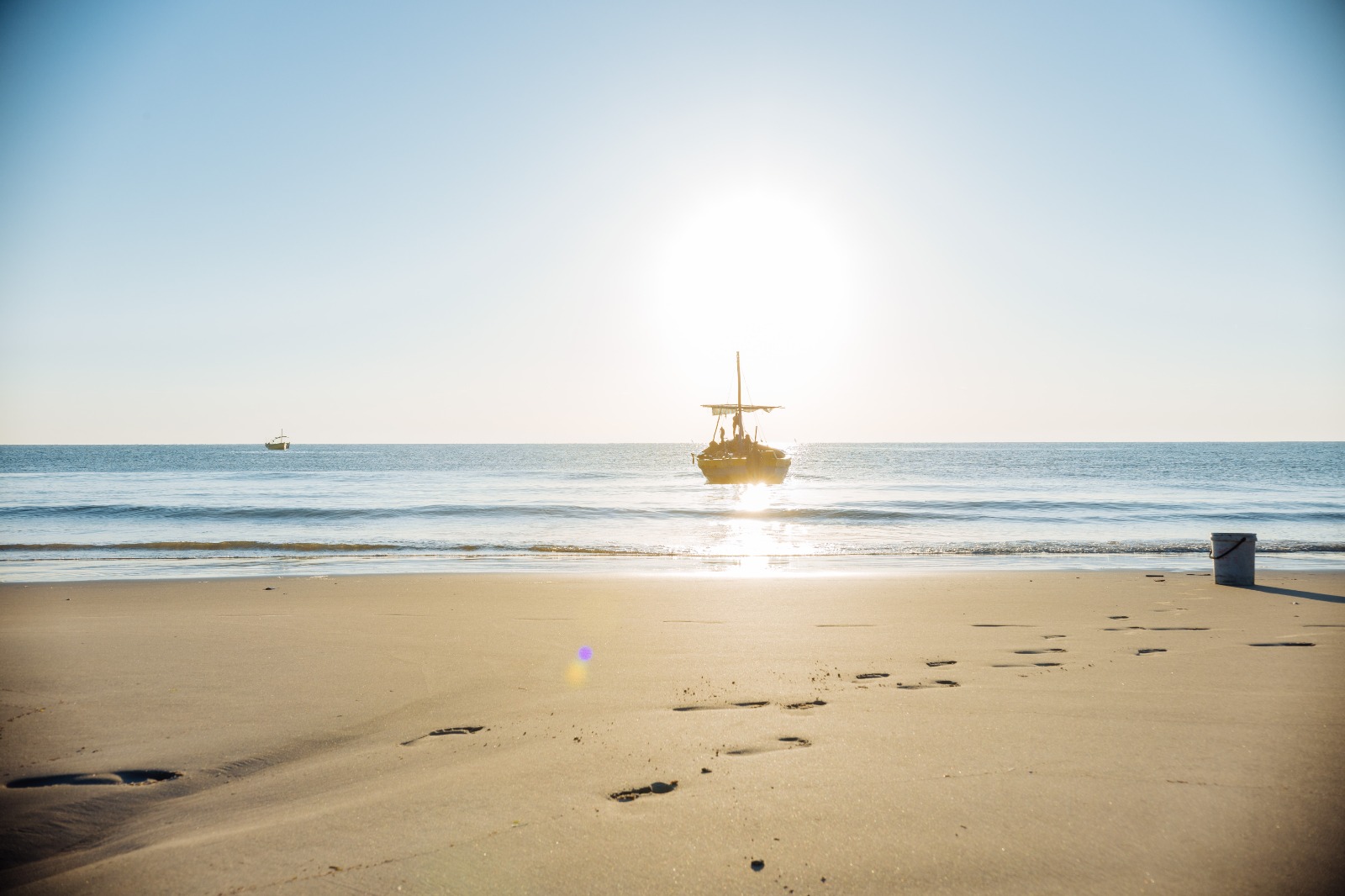Taking up space: reflections of an Indigenous youth navigating international biodiversity policy
CEESP News: Josefa Cariño Tauli, policy co-coordinator, Global Youth Biodiversity Network (GYBN)
“Why am I here, when it makes me this anxious?” This thought occurs to me as I sit behind the “Youth” microphone in the negotiation room of the UN Convention on Biological Diversity (CBD), surrounded by hundreds of government representatives and members of civil society. It’s a space I’ve somehow found myself in quite often in the past few years as a member and policy co-coordinator of the Global Youth Biodiversity Network (GYBN), bringing youth voices to the international biodiversity policy space. I haven’t quite yet gotten used to it, taking the floor in a room of people discussing what to do about one of the world’s most pressing problems: the rapid loss of biodiversity. Others might have by now, but I, shy since I was young and a reluctant public speaker, still get stage fright fueled by the heavy responsibility of representation and fear of saying something wrong. And yet here I am, so why?
Actually, I do know the answer to that question. Like other young people and other Indigenous people, I am here because it’s a space we must take up. Despite the discomfort, despite this space being plagued by the same inequalities that plague the world, despite the challenges to attaining meaningful participation, many of us find ways to be here because we refuse to allow decisions that directly impact us to again be made without us. In fact, these are decisions that will only succeed when they are made with us.
The issue of biodiversity loss is a crucial one. The well-being of biodiversity underpins all life on earth, and its loss impacts everyone, without exception. Indigenous peoples, whose cultures, languages,
knowledge systems, and very identities are deeply interwoven with nature, are especially at risk from its continued loss. And children and youth stand to inherit the long-term consequences of a crisis that is not of our making. At the same time, it is now widely recognized that the pathways to addressing biodiversity loss and other interlinking crises rely on our collective actions as Indigenous peoples, as youth, as women, to achieve global goals. It should no longer be a question of why or whether to include us, but it’s about time for the conversation to ask: what steps should we take to enable their leadership?
We should not have to fight for spaces to speak; we should instead be strongly supported to participate so that decisions can be informed by Indigenous wisdom and knowledge nurtured over generations, and by the innovation and priorities of youth for our future. We should not have to fight this hard for our basic human rights to be respected; we should instead be guaranteed safeguards so that no actions will continue in violation of these rights. These are crucial to enabling the needed whole-of-society approach to biodiversity conservation, sustainable use and benefit sharing. Furthermore, decision-makers should be ashamed for being satisfied with bare-minimum watered-down policies that only reinforce the status quo in a world that demands of us nothing less than profound transformative change in the dysfunctional systems of governance and economies that brought us this planetary emergency.
 Photo: Photo by: IISD/ENB | Mike Muzurakis.
Photo: Photo by: IISD/ENB | Mike Muzurakis.
I’ve learned a lot so far on my personal journey as an Indigenous youth navigating biodiversity decision-making. On the surface, it’s a journey that started when my development as a young indigenous scientist was supported by the Indigenous Leader’s Conservation Fellowship in 2017, a fellowship by Conservation
International that supports Indigenous leaders to explore solutions to the impacts of climate change and biodiversity loss. Such targeted opportunities are extremely valuable to Indigenous leaders to aide in developing their skills in leadership, knowledge-building, and implementation in ways that contribute to the well-being of our communities; this is especially true when many spaces and similar opportunities remain inaccessible for Indigenous peoples. My drive to act was then catalyzed in 2018 when I joined a GYBN youth workshop where I met an incredible network of like-minded young people working together for our collective future. When I had the opportunity to attend my first CBD COP in 2018, I became fascinated by a process driven by the preciseness of language for policies on nature, agreed on by almost every country in the world to implement on the ground. (I later learned the hard way that this process of agreeing on language has an ugly and frustrating side.)
Upon further reflection though, I know this is a journey that started from childhood. It stemmed from growing up as an Ibaloi-Kankanaey Igorot in the Philippines around a family of headstrong Indigenous peoples’ rights activists—something I might have taken for granted—and from a love for nature. At first, I thought these two pieces of my identity were separate, an idea probably driven by dominant narratives in school, in the media, and in practice that reinforce the false dichotomy between nature and people. It wasn’t until later that I unlearned this, and pieced together how my Indigenous identity and the appreciation I had for biodiversity not only fit together well, but nurtured each other.
Along the way, I’ve learned a lot, and continue to learn new things all the time from those around me. I’ve reinforced in myself that Indigenous youth play important roles in our communities, inheriting the responsibility to protect our ancestral lands upon which our heritage and identity is based, and in leading movements and actions in today’s rapidly changing contexts. I’ve gained a deeper understanding of the many specific challenges that Indigenous youth face, from militarization to lack of access to culture-rooted education, to continued discrimination and the erosion of our Indigenous languages. These deserve action and attention at local, national, and global levels, and must be brought to the fore. And importantly, I’ve learned that Indigenous peoples, women, and youth belong in and bring important perspectives to whatever space we occupy. All must ensure that our voices enrich processes of decision-making, that the contributions we make to a thriving biodiversity are recognized and supported, and that our safety to continue this work is guaranteed.
At a time when all actors need to be guided by values of care and reciprocity for each other and for Mother Earth now more than ever, Indigenous peoples can lead the way. We Indigenous youth must take up our space, illuminating the pathway to a life in harmony with nature. And we hope this space grows with us, forging a generation of decisions that doesn’t just aim at leaving no one behind, but champions those who have been walking such a path all along.



